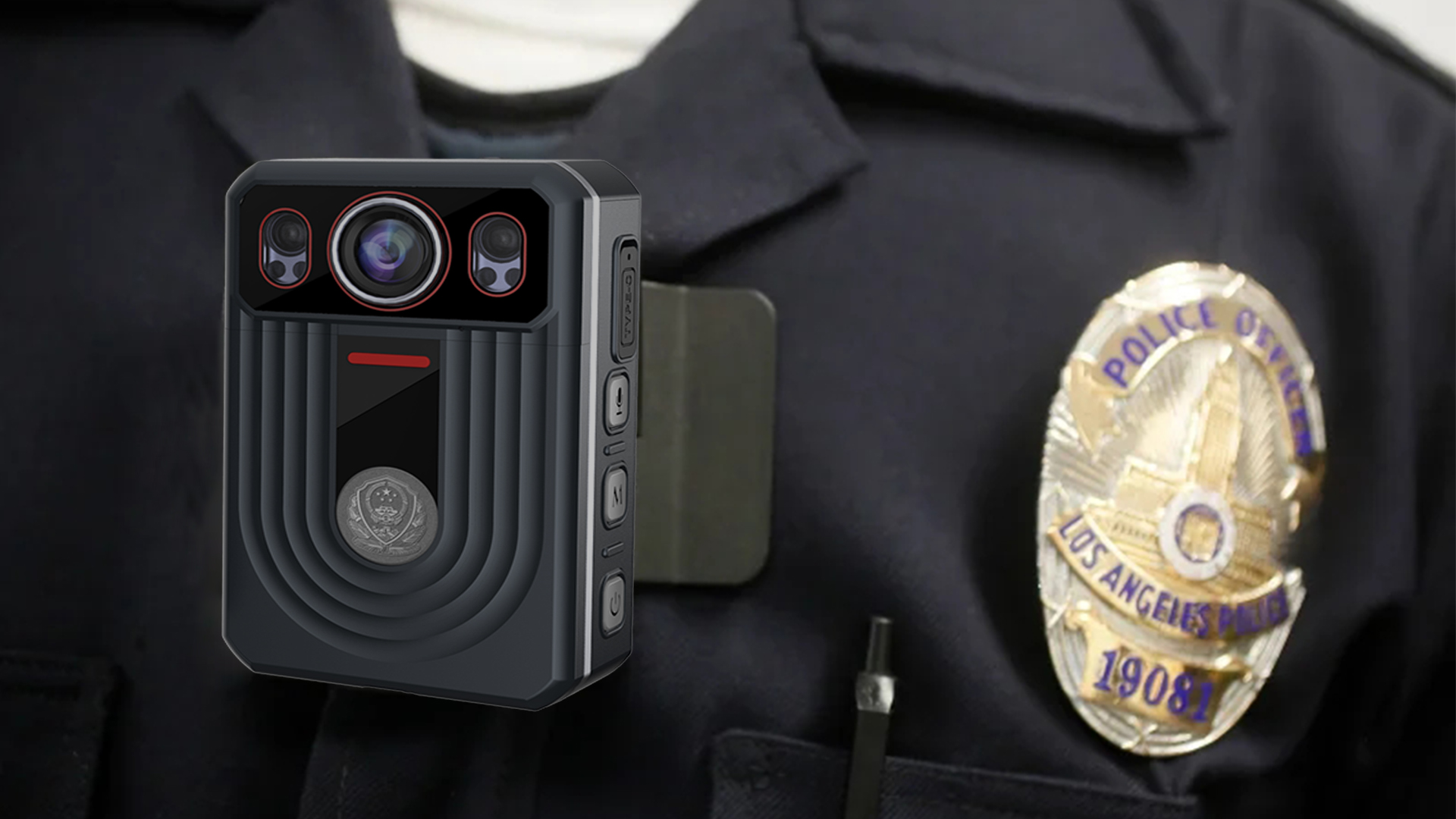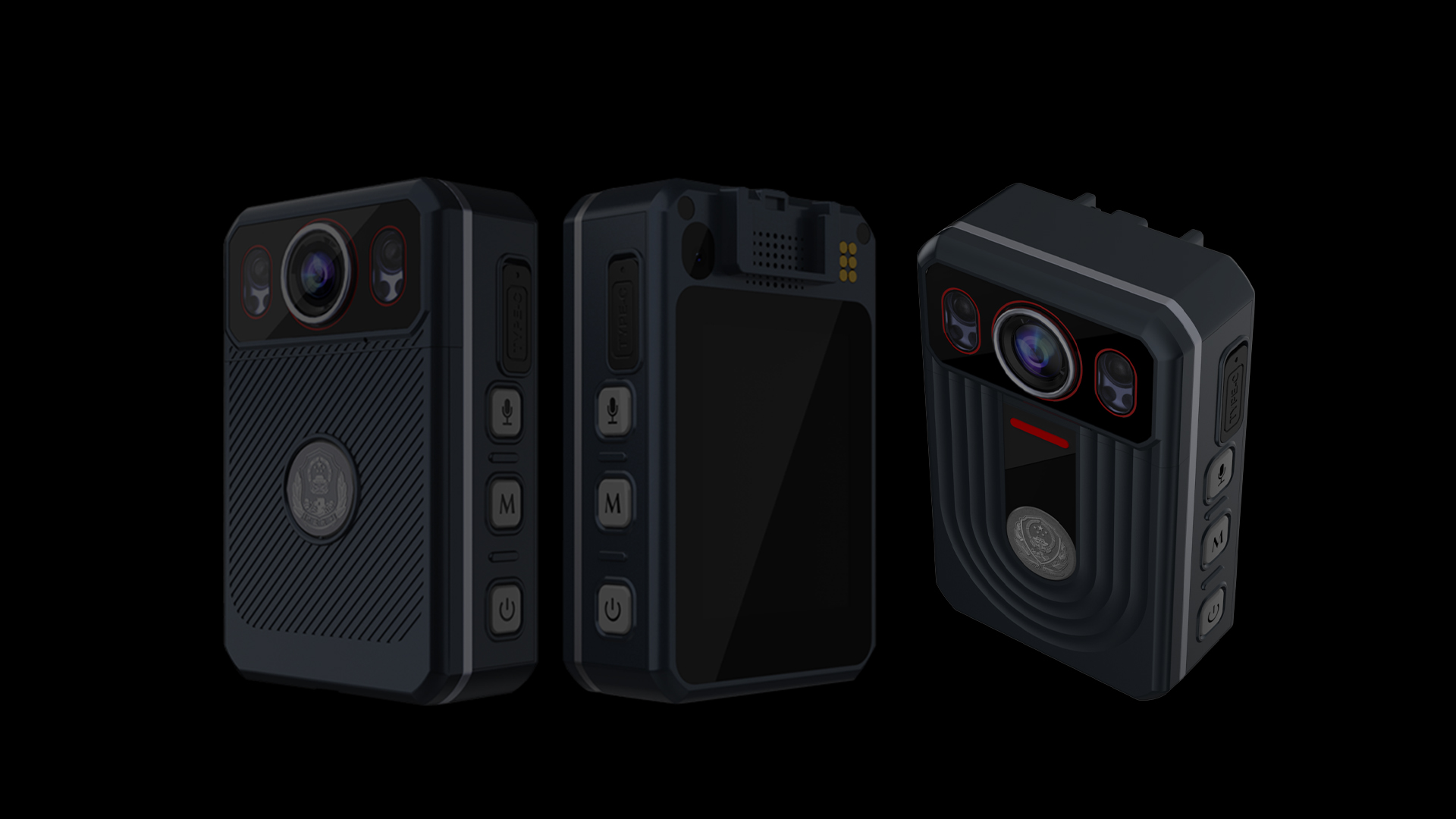Body-worn cameras have become a ubiquitous tool for law enforcement agencies around the world. These cameras provide officers with an objective account of their interactions with the public, helping to increase transparency, accountability, and trust between law enforcement and the communities they serve. With the advent of 5G technology, body-worn cameras are set to become even more powerful tools for law enforcement.
5G technology offers faster speeds, greater capacity, and lower latency compared to previous generations of mobile networks. This means that body-worn cameras equipped with 5G connectivity can transmit high-quality video and audio data in real-time, allowing law enforcement agencies to respond more quickly and effectively to incidents in the field.
Advantages Of 5g Body Worn Cameras
One of the key benefits of 5G body-worn cameras is their ability to stream live video to a central command center. This allows officers to receive real-time support and guidance from their colleagues, which can be invaluable in high-pressure situations. Additionally, live streaming can provide supervisors with a real-time view of what is happening in the field, enabling them to make better-informed decisions and allocate resources more effectively.
5G body-worn cameras can leverage advanced technologies such as artificial intelligence(AI) and machine learning, which is a significant advantage of it. With the increased processing power and faster speeds of 5G networks, body-worn cameras can analyze video data in real time, identifying potential threats or anomalies and alerting officers to take appropriate action. This can help to improve situational awareness, increase officer safety, and enhance the effectiveness of law enforcement operations.
5G body-worn cameras also offer improved connectivity and reliability compared to previous generations of body-worn cameras. With 5G connectivity, officers can maintain a constant connection to the network, even in areas with poor cellular coverage. This means that officers can continue to transmit data and receive support from their colleagues, regardless of their location.
One of the key challenges of using body-worn cameras has been managing the vast amounts of data that are generated by these devices. With high-quality video and audio recordings, body-worn cameras can quickly consume large amounts of storage space and bandwidth. However, with the increased capacity and faster speeds of 5G networks, agencies can now easily manage and store large amounts of data generated by body-worn cameras. This can help to ensure that agencies can access and analyze this data when needed, for example, during investigations or court proceedings.
Another potential benefit of 5G body-worn cameras is their ability to support real-time language translation. With the ability to transmit high-quality audio data in real-time, 5G body-worn cameras can provide officers with access to real-time language translation services. This can be particularly useful in situations where officers need to communicate with members of the public who speak a different language.

Challenges Faced With 5G Body Worn Cameras
However, along with the benefits of 5G body-worn cameras, there are also some potential drawbacks that need to be addressed. One of the concerns around the use of body-worn cameras is the potential for privacy violations. With the ability to capture high-quality video and audio data, there is a risk that these devices could capture sensitive information about individuals without their consent. To address this concern, agencies need to establish clear policies and procedures around the use of body-worn cameras, including guidelines around when and how these devices should be used.
Another potential concern with 5G body-worn cameras is the cost. While the benefits of these devices are clear, there is a significant cost associated with deploying and maintaining a 5G network. Agencies will need to consider the cost-benefit analysis of deploying these devices and ensure that they are getting value for money.

How To Choose a Suitable 5G Body Worn Camera
Choosing a suitable 5G body-worn camera is not an easy task, because there are many factors to consider. Here are some key factors to help you make an ideal choice:
1. Video and Audio Quality: The quality of the video and audio captured by the body-worn camera is critical. Look for a camera that captures high-quality video and audio, with the ability to adjust resolution and frame rates to suit your needs.
2. Durability: Body-worn cameras are subject to harsh working conditions, so it's essential to choose a camera that is durable and rugged enough to withstand the rigors of daily use.
3. Connectivity: Consider whether the camera can connect to other devices, such as smartphones and tablets, to allow for remote monitoring and control.
4. Ease of Use: The camera should be easy to use and operate, with intuitive controls and a user-friendly interface. Consider whether the camera has features such as voice commands and touchscreens to make it easier to use in the field.
5. Cost: The cost of the camera is an important consideration. Look for a camera that offers good value for money, with a balance between features and price.
6. Privacy and Security: It is important to take into account the privacy and security implications of using a body-worn camera. Thus, it is recommended to choose a camera that comes with security features, such as encryption and password protection, to ensure the safety and protection of the captured data.
If you want to choose a body worn camera, here, KingTop provides you with two types of body worn cameras. You can choose a 2.4-inch 5G body worn camera or 2.4-inch 4G body worn camera, which can cater to most of your needs. More information can be acquired on our official website, or you can consult our customer service.
Conclusion
Overall, 5G body-worn cameras represent a significant step forward in law enforcement technology. With their faster speeds, greater capacity, and improved reliability, these cameras can provide officers with powerful tools for enhancing situational awareness, improving officer safety, and increasing the effectiveness of law enforcement operations. As 5G networks continue to expand, we can expect to see more and more law enforcement agencies adopting this technology to improve their operations and better serve their communities. However, it is important to ensure that the use of these devices is balanced against the need to protect individual privacy and that agencies carefully consider the costs and benefits of deploying them.


 French
French German
German Arabic
Arabic Italian
Italian Spanish
Spanish Japanese
Japanese Persian
Persian Korean
Korean Chinese (Simplified)
Chinese (Simplified)









